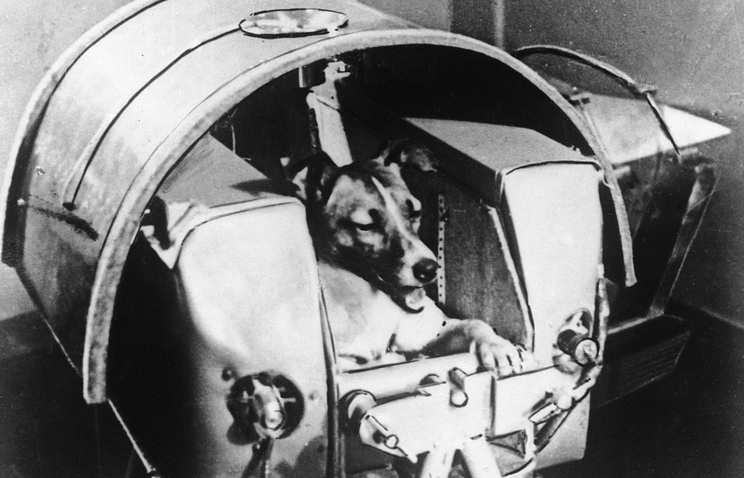
After the Soviet rocket genius Sergei Korolev led that nation's space program masterfully in the 1950s, culminating with the launch of Sputnik 1 on October 4, 1957, one might have expected that the country would have taken time to celebrate his achievements. Thanks to Korolev, with that small, 60cm spherical satellite, the Soviet Union had just won the opening salvo of the Space Race.
But no. After Sputnik 1, when Korolev met with the Soviet leader Nikita Khrushchev, the premier wanted to press his advantage over the United States. "We never thought that you would launch a Sputnik before the Americans," Khrushchev told Korolev, according to cosmonaut Georgy Grechko. "But you did it. Now please launch something new in space for the next anniversary of our revolution."
That "something" would be a dog, a female dog. This would would become the first creature to fly into orbit. And she was very, very unlikely to survive the ordeal.
This is because the first Sputnik mission had launched in early October, and the Soviet Union celebrated the "October Revolution" in early November 1957, commemorating when Vladimir Lenin and the Bolsheviks took the decisive steps that would eventually culminate in the creation of the Soviet Union. Korolev had a month.Deadline
To meet this deadline, Korolev would use the same 30-meter tall Sputnik rocket, but it would carry a much larger payload, more than 500kg inside the spacecraft. Korolev and his engineers had to design the spacecraft, and workers had to build it within just a few weeks. There would be no quality checks and little of the due diligence for a typical launch.
Within the 4m tall cone-shaped capsule they packed radio and telemetry systems to send images of Laika back to Earth, some scientific experiments for measuring radiation above the atmosphere, and a small module for a dog. Later they found Laika, a stray mongrel on the streets of Moscow. She weighed 5kg and was about three years old.
Although Laika's capsule contained a temperature control system and some dog food, this was a one-way, suicide mission when it launched on November 3, 1957. No one had yet solved the problem of how to safely re-enter a spacecraft through Earth's atmosphere. Within a couple of hours after launch, the thermal control system failed and the capsule overheated. Humanity's first effort to send a living creature into space ended with that animal, confined within a metal carrier, dying miserably. The Sputnik 2 spacecraft would not reenter Earth's atmosphere until April 1958.
A second victory
Despite Laika's travails, the Soviets hailed this flight as a tremendous success. And from a public relations standpoint, it certainly was. Even before the launch of the first Sputnik, the US Navy had begun work on Project Vanguard to launch the world's first satellite into space. But before America had even gotten off the ground, the Soviet Union had launched not once, but twice.
Khrushchev seized on this during a speech to mark the Revolution on November 6, 1957. "It appears that the name Vanguard reflected the confidence of the Americans that their satellite would be the first in the world," he said. "But... it was the Soviet satellites which proved to be ahead, to be in the vanguard... In orbiting our earth, the Soviet sputniks proclaim the heights of the development of science and technology and of the entire economy of the Soviet Union, whose people are building a new life under the banner of Marxism-Leninism."
The dark times would continue for the United States in space. The first Vanguard mission failed spectacularly, before a televised audience, in early December 1957. The Soviets would go on to launch the first man and woman into space and complete a host of other achievements. It was not until the mid-1960s, with NASA's Gemini program, that America would catch and surpass the Soviet Union in space, setting the stage for lunar triumph.
reader comments
162